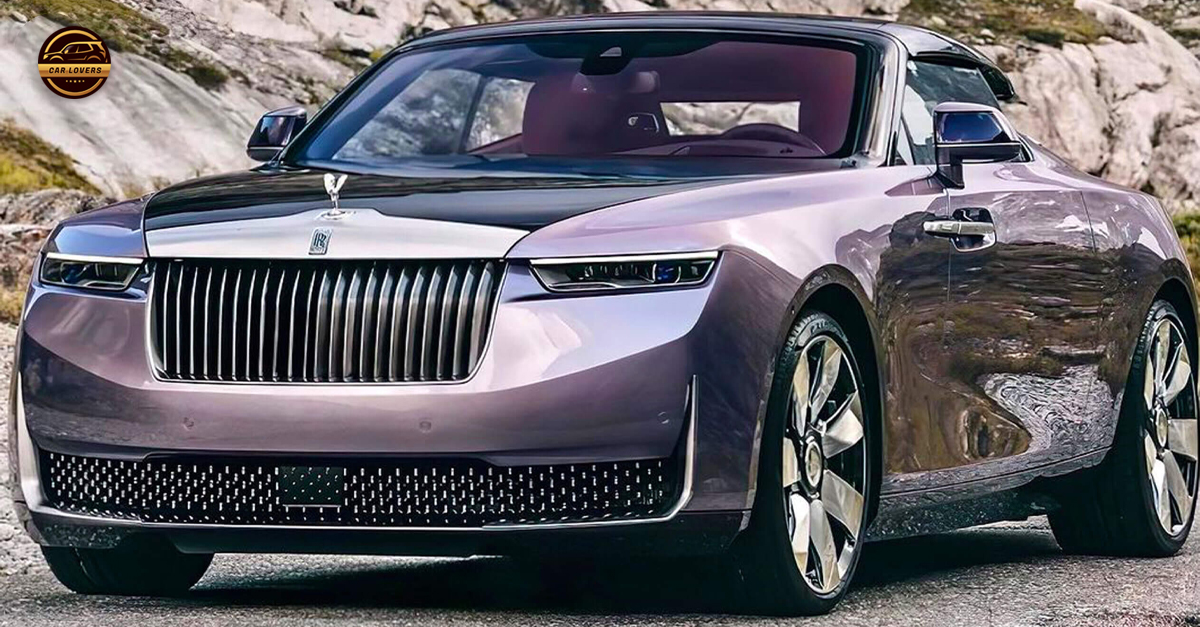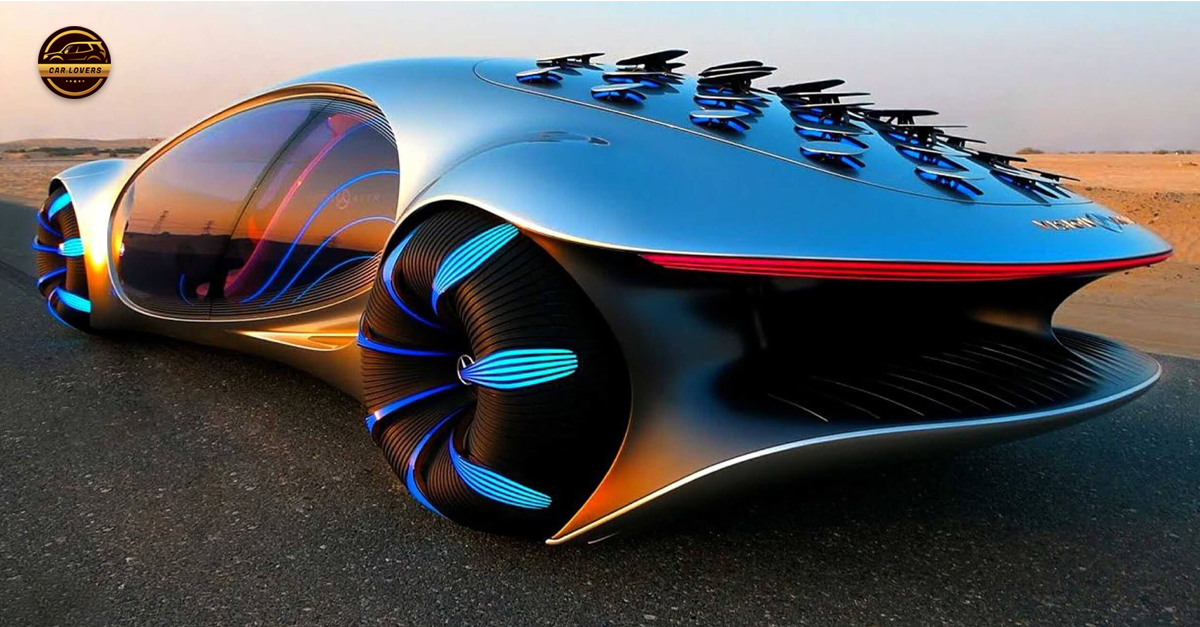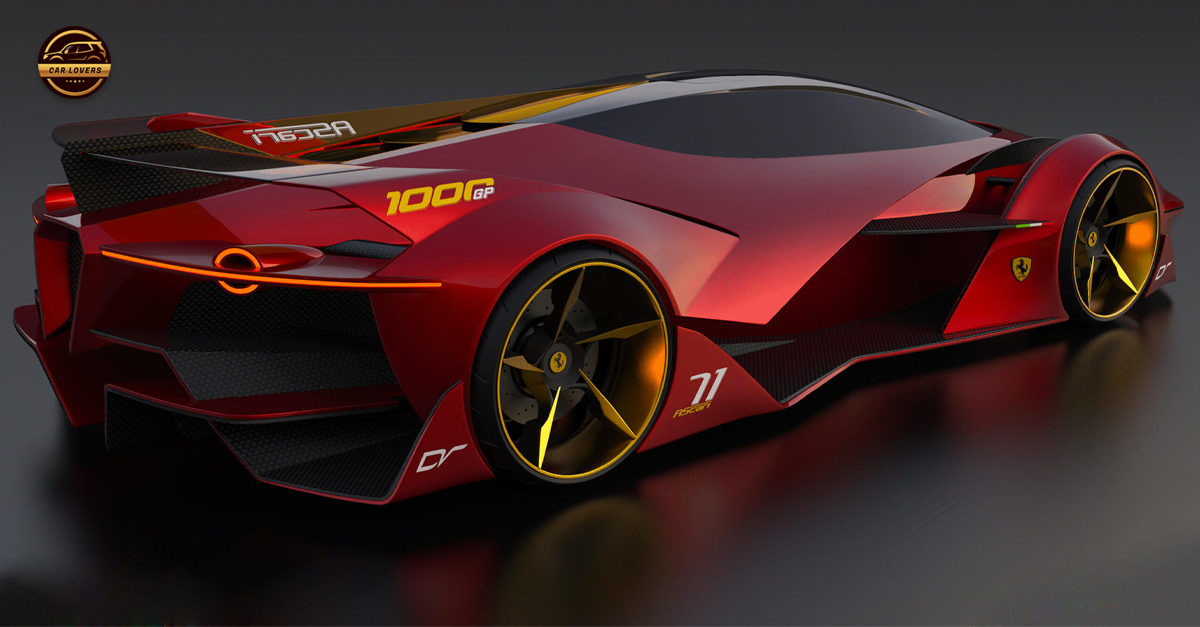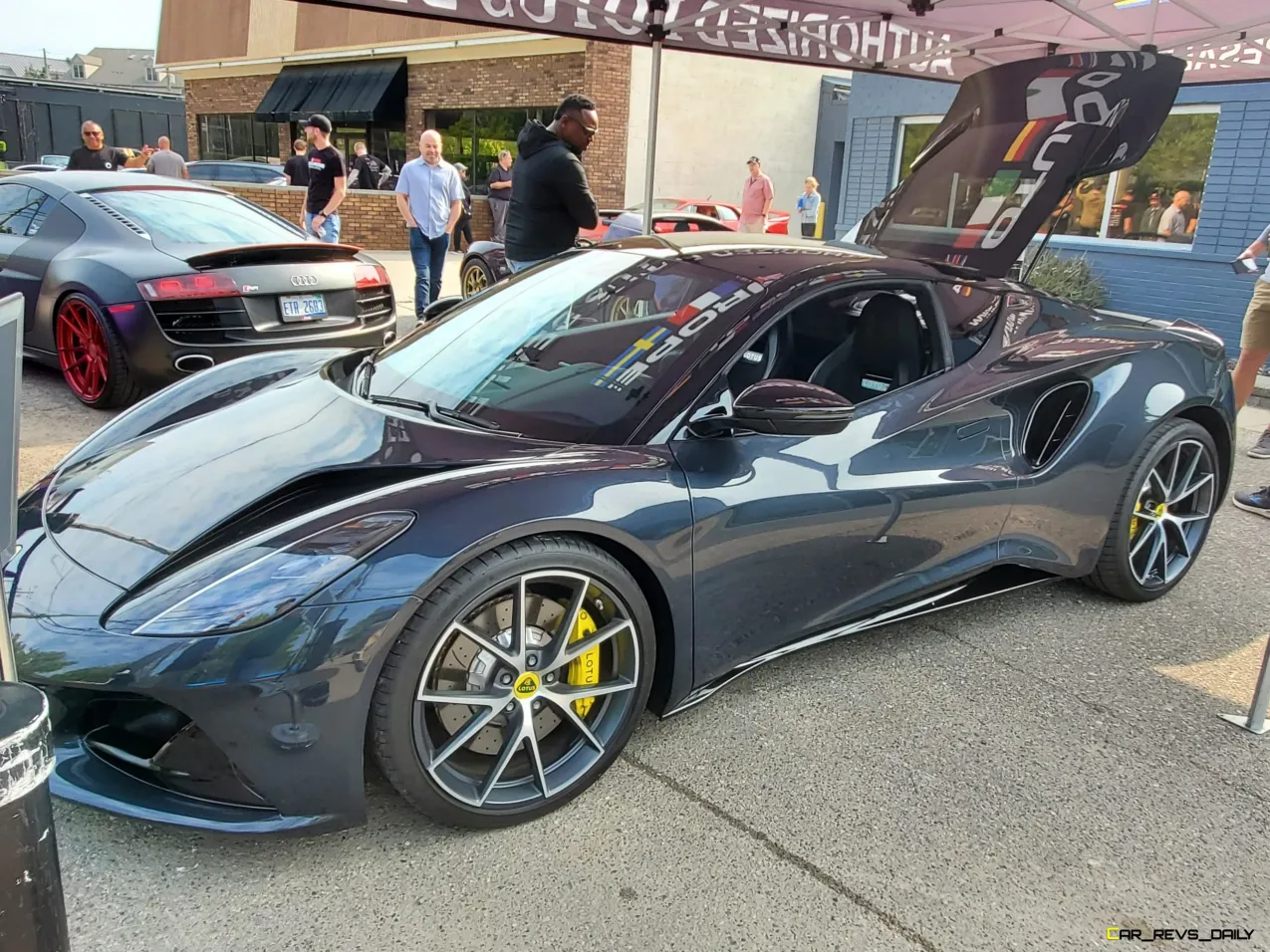BMW has used recycled and recyclable materials to create the i Vision Circular, a concept car designed in line with circular economic principles to be easily disassembled at the end of its life.

Currently on show as part of the Sustainable Innovation Forum at the COP26 climate conference, the four-seater vehicle features reduced numbers of components and materials.
It is held together by detachable connections rather than permanent adhesives so that they can be separated and reused.
The instrument panel, the seats and wheels can be opened up using quick-release buttons that were informed by the Boa lacing system on snowboard boots, in which the constituent parts are strung together using a wire that can be tightened and released in one move.

“Wherever this button is, it symbolises disassembly,” explained BMW Group’s head of sustainability design Daniela Bohlinger. “You can push it and, whatever it is, it falls apart.”
“Everything is just connected through the wire, it’s not glued together so you can easily disassemble it,” she added.
Although the i Vision Circular will never go into production, it was designed to show how the industry could become more circular by 2040 and cut down on the embodied carbon associated with material production, which currently accounts for between 18 to 22 per cent of a car’s lifecycle emissions.
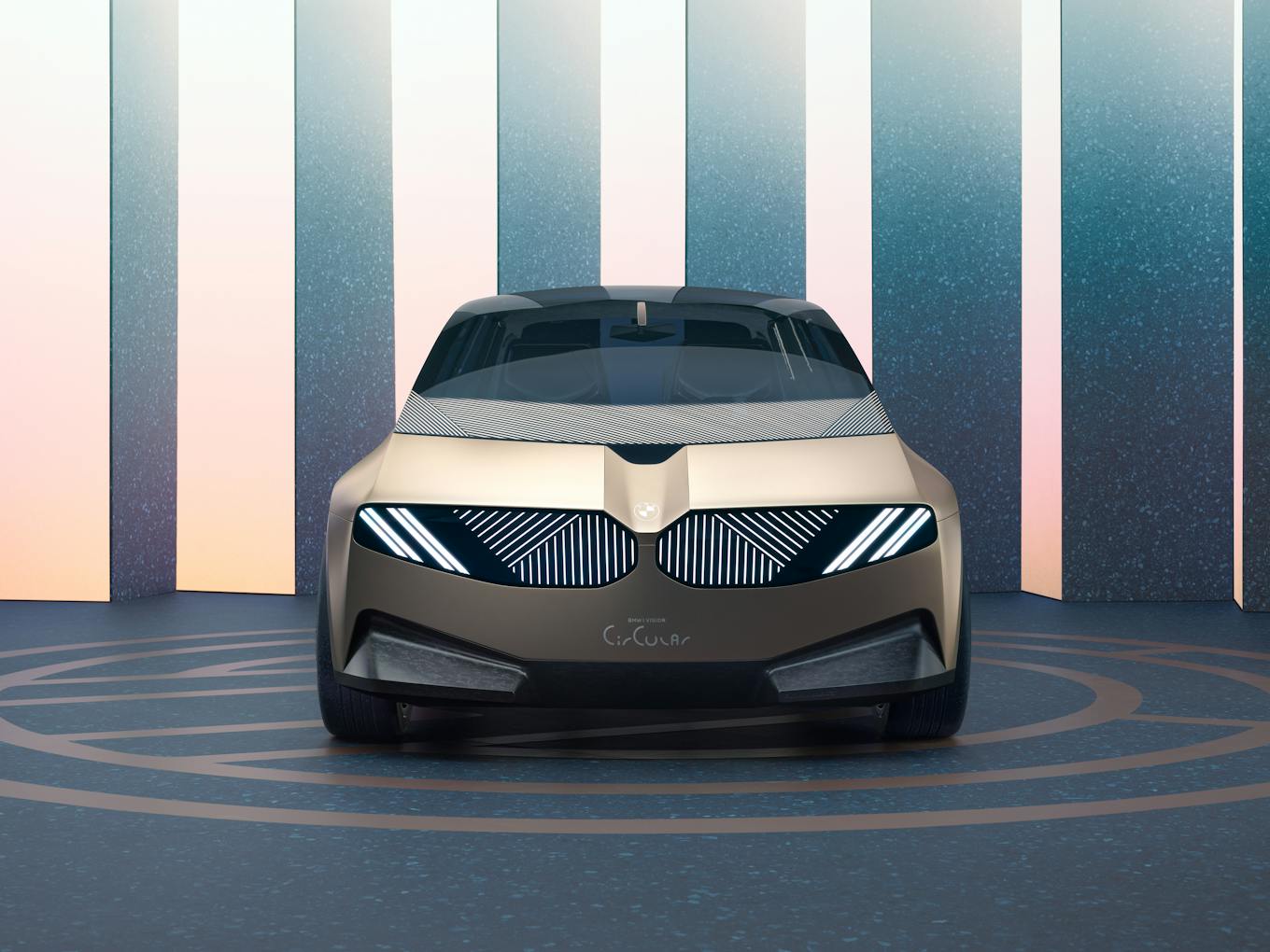
“Lowering the carbon footprint is our main target,” Bohlinger told Dezeen. “The circular economy is a tool to address this topic when it comes to product design.”
BMW not committed to phasing out fossil fuels

The project forms part of BMW’s wider commitment to reach carbon neutrality by 2050, as well as the short-term goal of reducing the whole-life carbon footprint of its cars by 40 per cent by the end of the decade.
To tackle emissions from materials, the company will be increasing the recycled content in its vehicles from 30 to 50 per cent over the same time period.
Reaching these goals would bring BMW “into the corridor of 1.7 to 1.5 degrees” of global warming set out in the Paris Agreement, said the company’s head of sustainability strategy Thomas Becker.

Elsewhere in the sector, electric carmaker Polestar is aiming to produce a climate-neutral car by 2030 while parent company Volvo has committed itself to phasing out the internal combustion engine by 2030.
BMW has so far abstained from making similar pledges, and despite undertaking lifecycle assessments (LCAs) of all of its cars, the company has neglected to calculate a carbon footprint for the i Vision Circular that could quantify the emissions reductions achieved through a more circular design.
“We only have LCAs for the cars we sell,” Becker said. “We don’t do this for each and every variant.”
But he claims the fact that the vehicle is made exclusively from recycled steel, aluminium, plastic and glass, alongside renewable bio-based materials, means the carbon savings are “pretty huge”.
Design focused on reducing and recycling materials

The design team did not look at creating a battery for the i Vision Circular, despite this being the most emissions-intensive component of any electric car, accounting for around 26 per cent of its supply-chain emissions.
Instead, they worked on the car’s metal shell, which was anodised and tempered to colour it in iridescent shades of copper and blue without the need for paint.
This is necessary, Bohlinger explained, because beyond hindering recycling, “painting the cars has a super high impact in terms of electricity and water consumption”.
The BMW logo is engraved into the hood rather than being added on as a separate badge and the carpet and velvet-feel upholstery on the interior are made from old BMW seat covers, which were shredded and spun into new PET yarns.
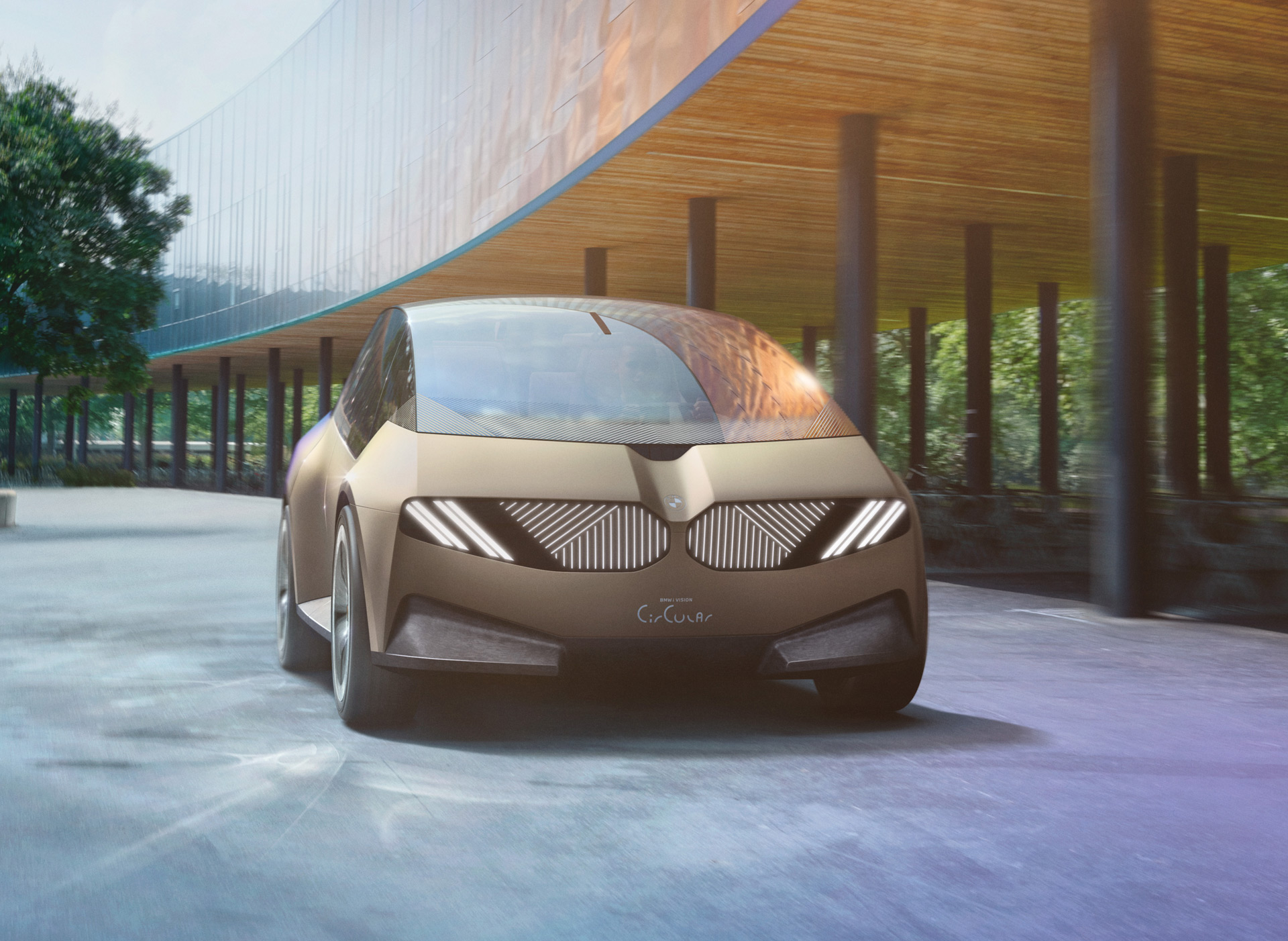
While the yarns can be continuously remelted and recycled using readily available technology, Bohlinger concedes the same is not true for the recycled plastic bumpers, meaning they are not truly circular.
“You might not be able to make another car out of that at the moment, you might just downcycle it to another product that does not have the same performance requirements,” she said.
The wheels of the i Vision Circular are cast from responsibly sourced natural latex, derived from the sap of the rubber tree, and a wood-offcut composite was 3D printed to form the steering wheel.
Although these natural materials generally have a lower embodied carbon footprint than petroleum-based plastics, neither can be recycled.
Price and quality of recycled materials is prohibitive
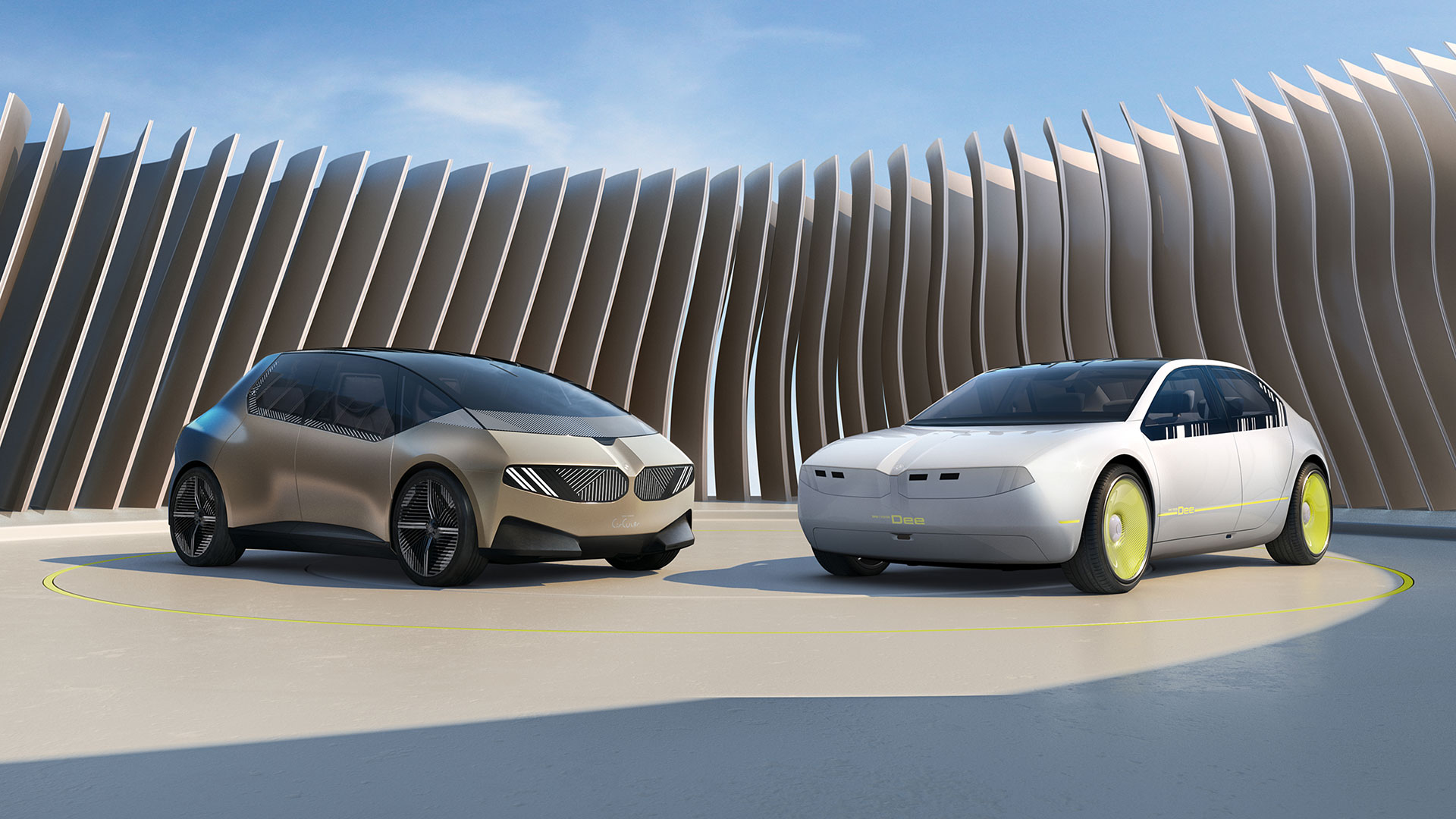
Becker says he “would not guarantee” that BMW will actually be able to close all of the material loops for all of its cars by 2040.
“You can get a 100 per cent recycled vehicle, which is this one,” he said. “But unfortunately, you will not get it at a reasonable price and not in sufficient volume.”
“Although secondhand clothing is cheaper than new stuff, this doesn’t apply here,” Becker continued. “Because while we have an increasing demand for recycled material, this is not matched by sufficient volume at automotive-grade quality.”
In order to increase this, he argued, there needs to be collaboration, politically and across the sector, to overhaul the current recycling system.
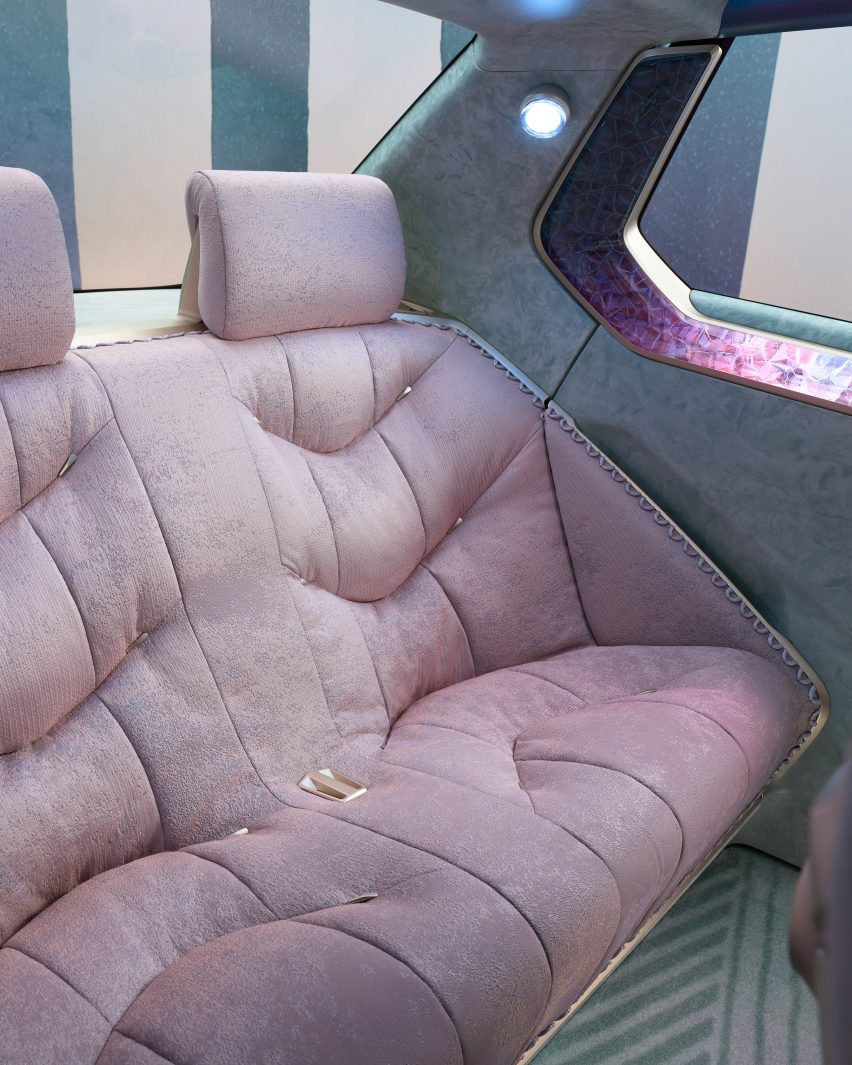
This includes improving the sorting technology and chem-cycling process for plastics to get better quality recyclates and putting in place a take-back system for old cars so that their high-performance materials can be reused for new vehicles rather than being sent to the scrap yard.
“I doubt that the current situation, where the same shredder digests microwave ovens, fridges and cars, is the future,” he said.
“So there will have to be an overarching logic where the customers know if they want to get rid of the car, this is the solution,” Becker continued. “How much sense would it make to do that in isolation?”
A multilateral deal is set to be proposed at COP26 this week, uniting governments and manufacturers behind a pledge to phase out the internal combustion engine by 2040.
BMW has said it will not sign on to the deal, which has received support from a number of other major car makers including Volvo, Ford and General Motors, citing concerns about the lack of necessary charging infrastructure.
Source: dezeen.com




